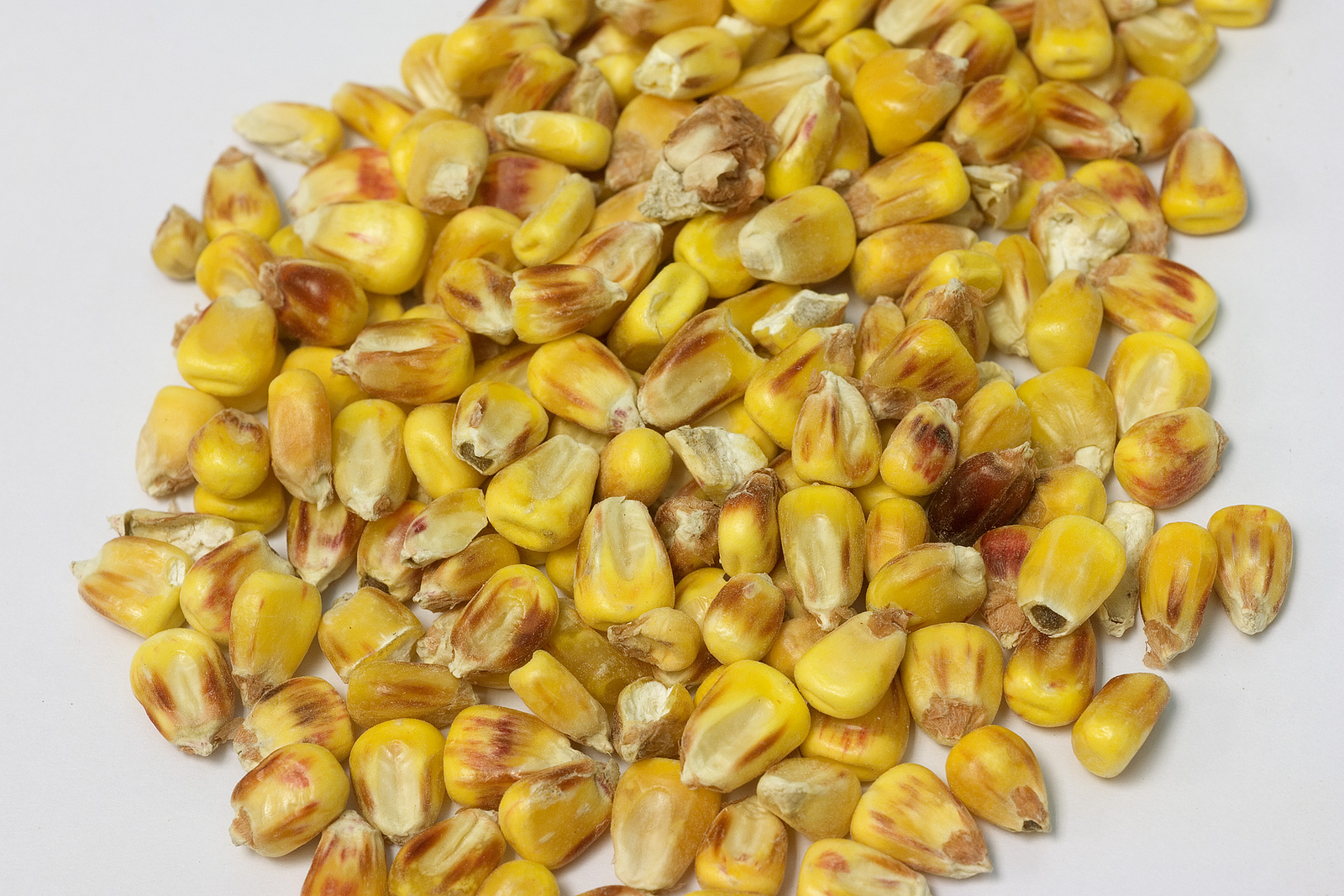Boosting Aflasafe use in Africa

A high proportion of corn and groundnuts in Sub-Saharan Africa are contaminated with aflatoxin. The biocontrol methods Aflasafe is a great tool to reduce these mycotoxins. The Bill & Melinda Gates Foundation and USAID have recently funded a project to give the use of Aflasafe another boost.
“Aflasafe is an environmental friendly granular formulation of native atoxigenic strains of Aspergillus flavus that are coated on sterile sorghum grains. Aflasafe application prior to crop flowering in the field displaces toxin producing Aspergillus strains, thereby reducing aflatoxins”, explained Ranajit Bandyopadhyaya from the International Institute of Tropical Agriculture (IITA) at the recent World Mycotoxin Forum. Since its introduction in Africa, this product already achieved a reduction of 80-99% in aflatoxin contamination in countries like Nigeria, Kenya and Senegal. At the same time, he addressed that the uptake and scaling up of the products in various African countries in hindered by lack of manufacturing, distribution and marketing capacity.
Also interesting:
Reducing aflatoxins in Africa is one of the 7 challenges
Increasing smallholder adaptation
Luckily, many projects have been set up (or are currently running) to boost and further develop the use of Aflasafe in Africa. One of the latest funded projects is the AgResult Pilot. This project will run until 2017 and is funded by the Bill & Melinda Gates Foundation and finance groups from Australia, US and UK. This project focus on demonstrating a new model for increasing smallholder adoption (upscaling) of Aflasafe in Nigeria, the largest producer and consumer of maize in Africa and the furthest along in registering the biocontrol product.
Increase in treated and safe maize
The project aims to build a core group of participants to anchor the market for Aflasafe expanding from 2,500 farmers in Nigeria in year one to 35,000 farmers in year four (2017). It features payments for performance that incentivize ‘implementers’ to help smallholder farmers to produce maize treated with Aflasafe. The pull mechanism also features technical assistance with the goal of increasing yields of participating farmers.
Involvement of 16,000 farmers
These efforts would bring the total production of Aflasafe treated maize to over 260,000 tons by year four of the programme, equivalent to around 3% of current maize production in Nigeria, of which 60,000 tons are estimated to be consumed on-farm and 200,000 would be sold in markets. An average of 16,000 farmers are expected to be involved in the programme per year with an average rural household size of 4.5 members.











